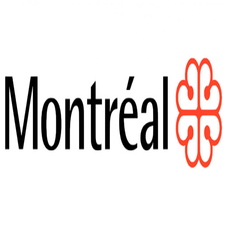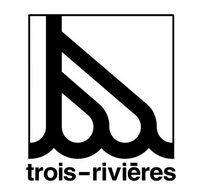urbanism
Type of resources
Topics
Keywords
Contact for the resource
Provided by
Formats
Representation types
Update frequencies
status
-
Layers of the development phases of the urban plan in the City of Trois-Rivières**This third party metadata element was translated using an automated translation tool (Amazon Translate).**
-

Note: The Urban Plan (regulation 04-047) was __repealed on June 16, 2025__, this data is now obsolete, please refer to the data sets of the Urban and Mobility Plan 2050 (regulation 24-017). The Special Urban Planning Program (PPU) is a component of the Urban Plan that makes it possible to bring more precision to the planning of certain sectors. The adoption of a PPU by the municipal council constitutes an amendment to the Plan and is preceded by a public consultation process. Details concerning PPUs can be found in [Part IV of the Urban Plan] (https://montreal.ca/articles/plan-durbanisme-18111). Consult the [interactive map] (https://montreal.ca/services/cartes-interactives-amenagement-du-territoire) of the Urban Plan to visualize the PPUs. Finally, note that this data set does not include urban, economic and social development plans (PDUES) because they are not integrated into the Urban Plan. The PDUES is a land planning tool developed by the City of Montreal and the boroughs concerned, in consultation with local actors and citizens. It is a broader planning tool than an urban plan or a special urban planning program (PPU) that include content elements not required by the Land Use and Urban Development Act (LAU) (example: economic and social aspects). Depending on the scale of intervention, it is adopted by resolution by the municipal council or by a borough council. Changes to the urban plan may or may not result from this, depending on the case.**This third party metadata element was translated using an automated translation tool (Amazon Translate).**
 Arctic SDI catalogue
Arctic SDI catalogue
